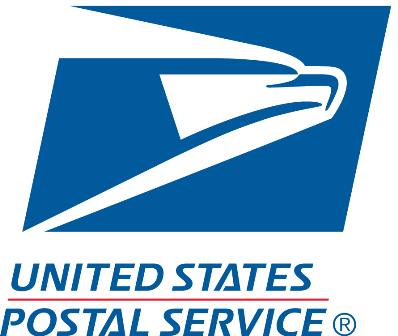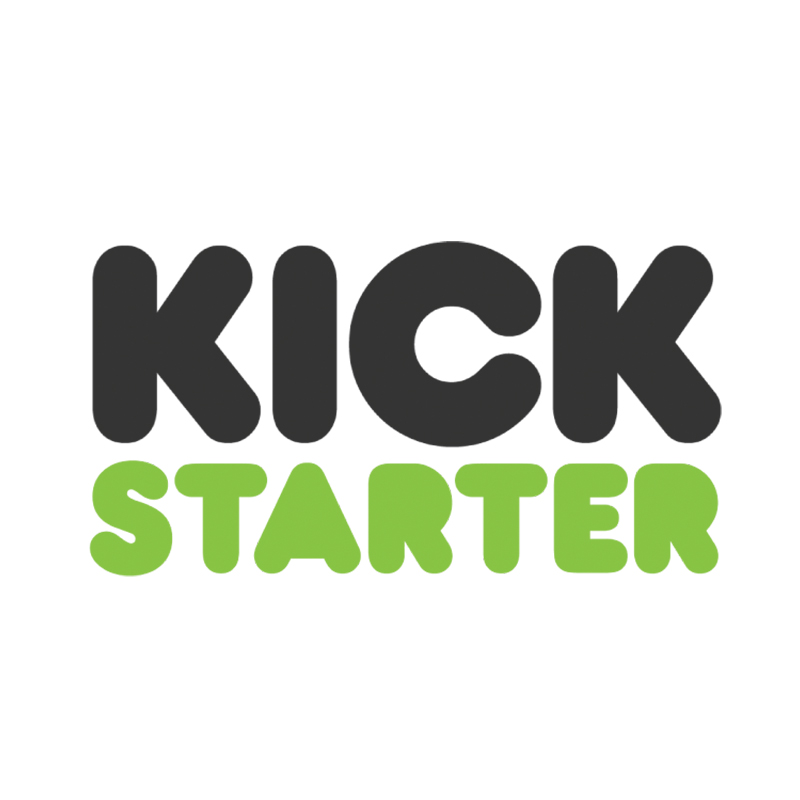How We Left Our Jobs At Tech Companies To Sell Farm Fresh Cocktail Ingredients
Hello! Who are you and what business did you start?
Hi! We are the Simple Goodness Sisters, real-life sisters Belinda Kelly (4 years younger, the bartender) and Venise Cunningham (the older sister and the farmer.) We are a lifestyle beverage brand focused on bringing the world a Happier Hour, from garden to glass.
The products we make are “farm to bar” mixers and accessories for drink making and entertaining, made with edible flowers and herbs we grow on our sustainable cocktail farm. The products are completely natural, without additives or chemicals for the best taste and product possible. Our mission is to help people celebrate their lives and build community around a round of drinks. We believe everyone should get an invite to Happier Hour, so we market our drink syrups for cocktails and alcohol free cocktails alike, and have customers buying them for dessert, breakfast, and ice cream toppings as well.
The first product we launched were our simple syrups. The syrups launched in three flavors in Fall 2018 (Rhubarb Vanilla Bean, Marionberry Mint, and Huckleberry Spruce Tip), followed by 3 additional flavors in Spring 2019 (Lemon Herb, Berry Sage, and Blueberry Lavender), and edible flower salts...

Download the report and join our email newsletter packed with business ideas and money-making opportunities, backed by real-life case studies.

Download the report and join our email newsletter packed with business ideas and money-making opportunities, backed by real-life case studies.

Download the report and join our email newsletter packed with business ideas and money-making opportunities, backed by real-life case studies.

Download the report and join our email newsletter packed with business ideas and money-making opportunities, backed by real-life case studies.

Download the report and join our email newsletter packed with business ideas and money-making opportunities, backed by real-life case studies.

Download the report and join our email newsletter packed with business ideas and money-making opportunities, backed by real-life case studies.

Download the report and join our email newsletter packed with business ideas and money-making opportunities, backed by real-life case studies.

Download the report and join our email newsletter packed with business ideas and money-making opportunities, backed by real-life case studies.








































